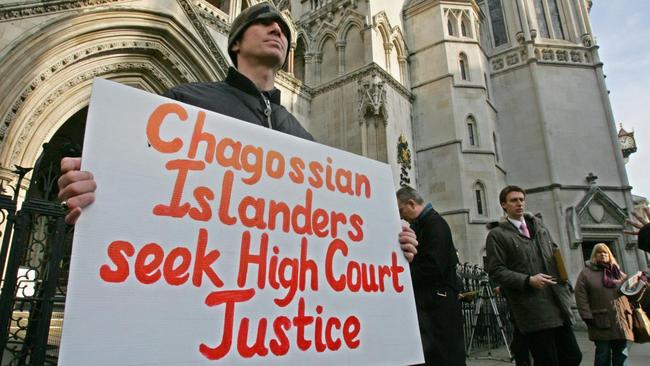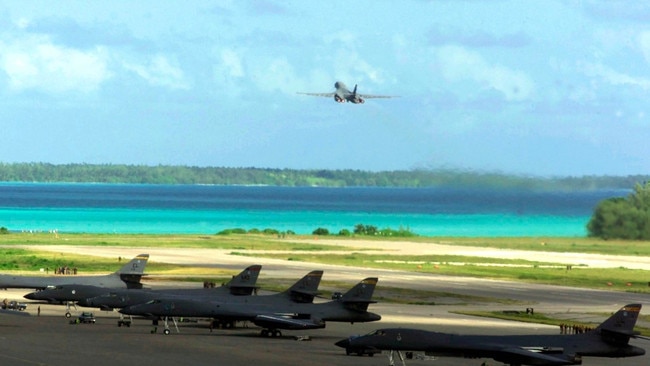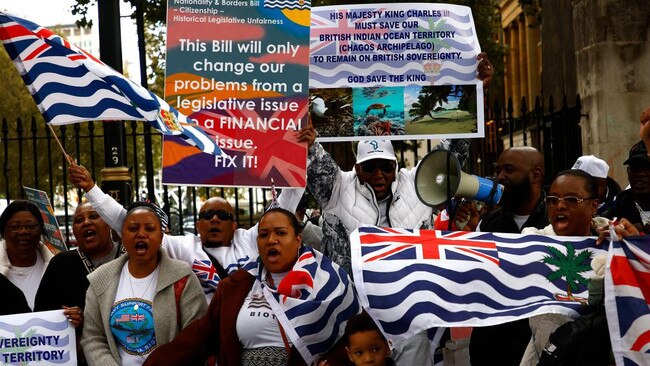Brief history of Chagos Islands, and why they still matter
The secretive base has long provided the US and Britain with a foothold in the Indian Ocean – much to the envy of China and India.

The history of European colonialism is filled with little subplots about islands, atolls and archipelagos. The Falklands are a famous example, but fewer are aware of the Chagos Islands – perhaps because no one has fought a war over them. Nevertheless, their importance today is highly strategic.
Roughly halfway between Africa and Indonesia, and 1600km south of India, the islands sit on a nautical crossroads in the Indian Ocean. During the 20th century the Americans wanted to establish a base in the area, and the British obliged with the atoll of Diego Garcia.
While the British have controlled the island, it is in effect an American facility. The lease was set to run until 2036 before the change of sovereignty, but the new arrangement with Mauritius secures the future of the base for 99 years.
What goes on there is classified, but it gives Britain and the US a foothold in the Indian Ocean. Other powers have looked on enviously. Both China and India desire bases in the Indian Ocean, with China assembling a “string of pearls” – a chain of islands that can be used by its navy.
China recently asserted itself as a dominant influence over the Maldives, to the detriment of India. The news of the sovereignty change of the Chagos Islands will be welcome in New Delhi, for they remain the closest of friends with Mauritius.
The history of the Chagos Islands most likely goes back to their discovery by the Portuguese in the 16th century. The islands were uninhabited and a colony was not established there until the French did so in the late 18th century. They used the islands for coconut plantations, but coconut trees were not native to the islands so they were imported. So too were the slaves who were to work there.


The British took sovereignty of the islands at the end of the Napoleonic Wars, but they were run from Mauritius. The slaves on the island were not freed until 1840 and by then most considered themselves Chagossians.
The UK separated the Chagos Islands from the rest of Mauritius when it was granted independence in 1968.
The Mauritian government agreed at the time and was paid £3m compensation, but the country’s new constitution laid claim to the islands and the deal was later declared illegal by numerous bodies, including the International Court of Justice.
Nevertheless, the islands had become the British Indian Ocean Territory and 2000 Chagossians had been expelled. They have fought to return ever since.
The Times





To join the conversation, please log in. Don't have an account? Register
Join the conversation, you are commenting as Logout